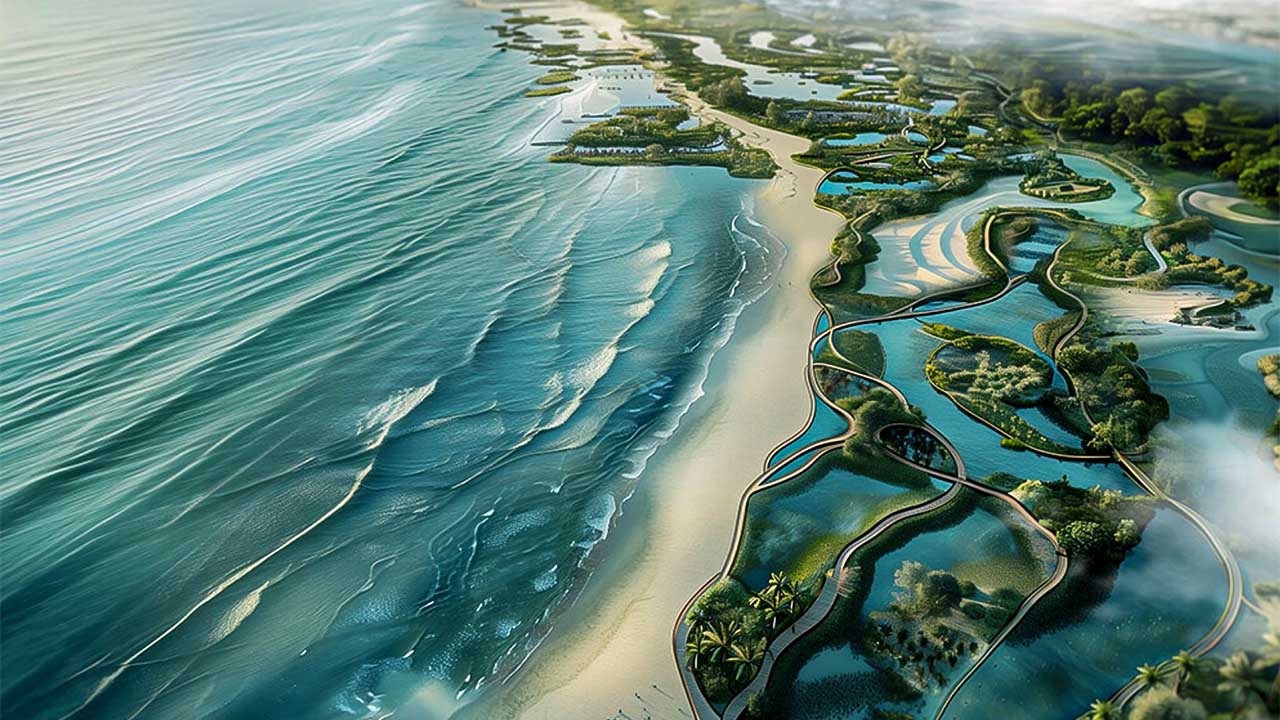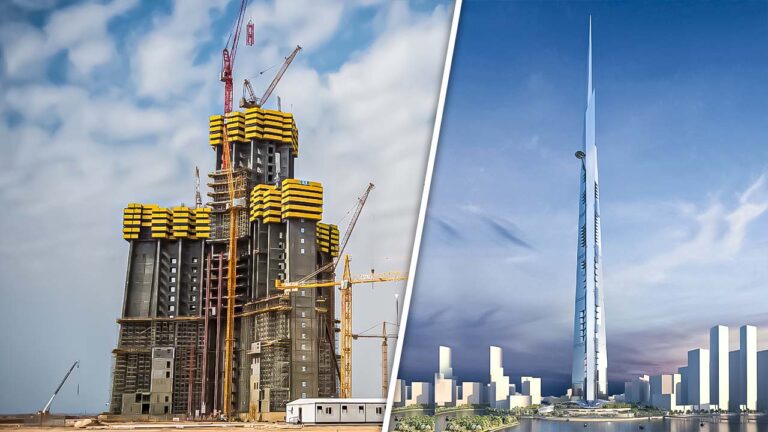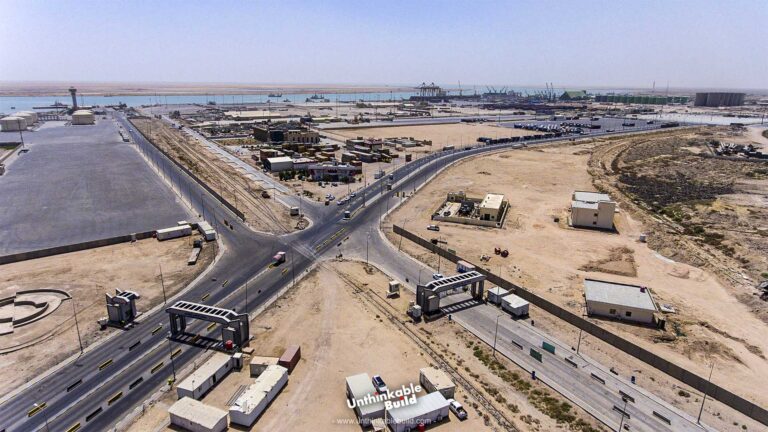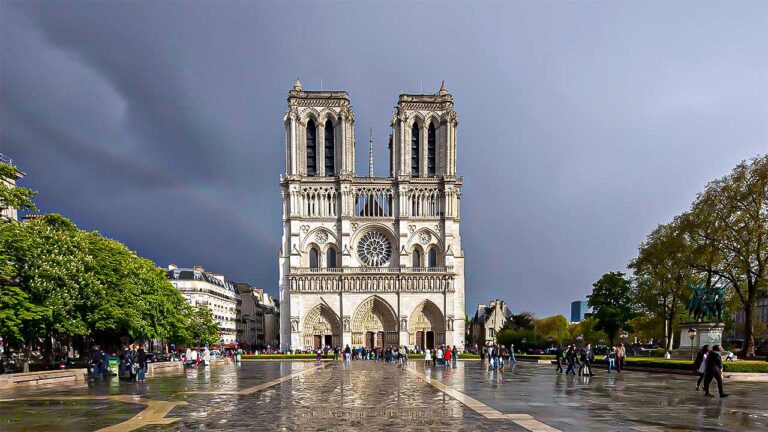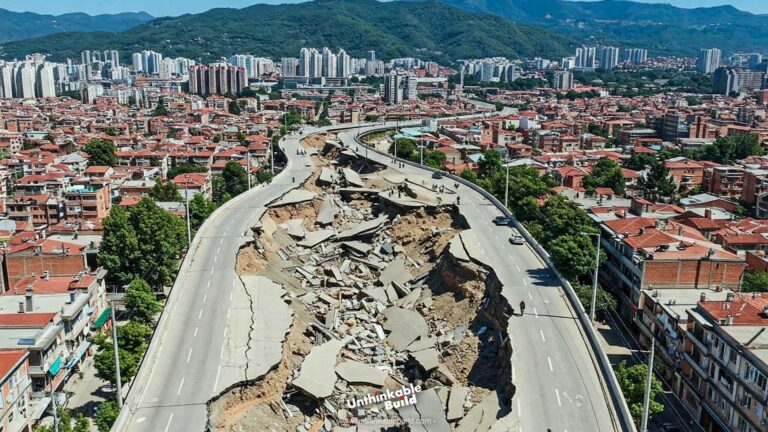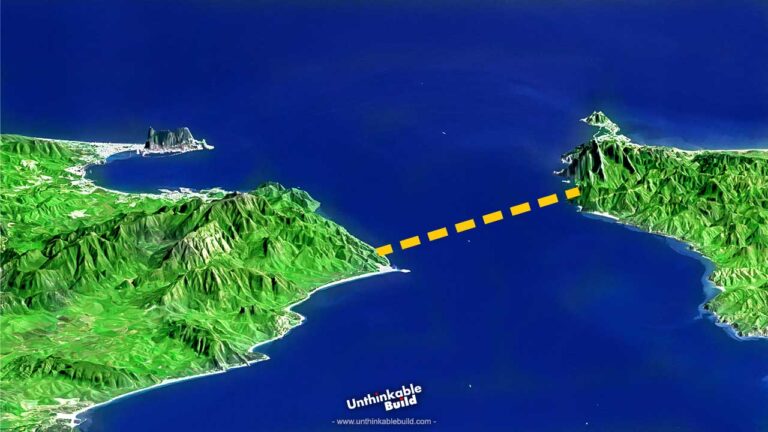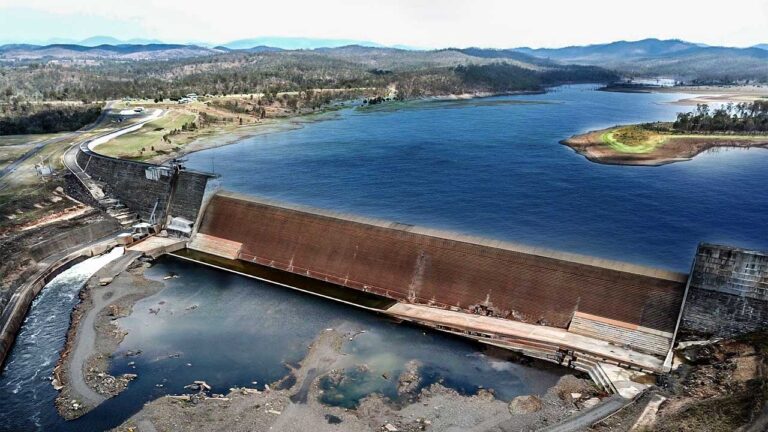Dubai Mangroves: A Project to Save 72 km of Coastline
Dubai’s coastline, once abundant with mangroves, has seen a significant decline due to extensive development projects and land reclamation efforts.
While rising sea levels are causing significant damage to coastlines and marine life worldwide, the latest initiative by Dubai Mangroves aims to restore and expand these vital ecosystems. This initiative emphasizes their crucial roles in carbon sequestration, coastal protection, and supporting biodiversity.
As part of the project, 100 million mangrove seeds are being sown along the 72 km coastline using advanced planting technologies and artificial intelligence is being utilized to meticulously monitor the growth and health of each mangrove plant, ensuring optimal development and addressing any issues promptly.
Let’s explore what makes the Dubai Mangroves Project, the largest coastal regeneration effort of its kind, exceptional and how it can serve as a global model for sustainable urban regeneration.
A world without mangroves is unimaginable, as these coastal forests are crucial to our ecosystem. Their absence would have numerous negative impacts on the environment.
More than just providing shelter for wildlife, mangroves also shield us from natural calamities. Their intricate root systems tirelessly prevent soil erosion and act as natural fortifications against the powerful surges and floods that accompany storms and hurricanes. Without mangroves, our coastal areas would be left exposed to these destructive forces.
Also Read: Seoul Twin Eye: World’s First Spokeless Twin Ferris Wheel
Over the past 50 years, urban expansion, pollution, and aquaculture have caused the loss of nearly half of the world’s mangroves. A recent study warns that sea levels have risen by about 8 inches in the last century, and if current urban development trends continue, mangroves in the Arabian Gulf and surrounding regions could shrink by 45% over the next 50 years. Another assessment predicts that, under a high sea-level rise scenario, approximately 16.1% of the Arabian Gulf’s mangroves could be submerged by 2060.
In response to this urgent environmental challenge, Dubai has taken a proactive step by launching an ambitious initiative to cultivate mangroves on a large scale. These unique trees that grow in salty coastal waters play a critical role as natural shields against erosion and flooding, offering essential protection for coastal communities and wildlife habitats.
The initiative aligns with Dubai’s ambitious 2040 Master Plan, aimed at enhancing the city’s resilience. During the COP26 climate change conference in Glasgow in late 2021, the Ministry for Climate Change and Environment of UAE announced a proposal to plant 100 million mangroves throughout the UAE.
In early 2021, the Environment Agency Abu Dhabi launched the Abu Dhabi Mangrove Initiative and has already made significant strides in mangrove restoration. By December, the agency reported planting 44 million mangrove trees since 2020, covering an area of 9,200 hectares.
Meanwhile, in May 2024, Dubai revealed plans for what could become the world’s largest coastal regeneration project.
Central to this initiative are mangroves, renowned for their distinctive capacity to sequester carbon, safeguard coastal regions against erosion, and provide crucial support for marine life and food security. Do you know that its each tree can absorb approximately 12.3 kg of CO2 annually, enabling the entire project to sequester 1.23 million tons of CO2 annually? This is equivalent to removing the emissions of over 260,000 gasoline-powered passenger vehicles from the roads each year.
The project recognizes the essential role of mangrove forests in supporting coastal ecosystems, emphasizing their effectiveness in storing carbon, promoting biodiversity, and serving as a natural defense against climate change impacts. This targeted investment in mangroves responds to the pressing demand for innovative and sustainable solutions to global environmental challenges, positioning Dubai as a leader in the preservation of coastal and urban ecosystems.
The Dubai Mangroves project distinguishes itself in environmental conservation through its innovative application of technology and scientific research. At its core, the project leverages cutting-edge tools such as drone reforestation, satellite imagery, and artificial intelligence (AI) analytics to monitor and enhance the growth and health of mangrove forests. These technologies play a crucial role in providing precise, real-time insights into the project’s ecological impact, enabling adaptive management strategies that optimize ecosystem health and resilience.
Drones play a transformative role in reforestation efforts by efficiently planting mangrove seeds at scale, revolutionizing traditional methods and ensuring optimal planting locations for maximum growth. Satellite imagery offers a comprehensive view of mangrove coverage, facilitating the tracking of expansion efforts and pinpointing areas needing additional conservation measures. Meanwhile, AI-powered analytics process vast environmental datasets to forecast outcomes, guide restoration activities, and inform policy decisions, ensuring that conservation efforts are both impactful and sustainable.
Dubai Mangroves, launched by URB, a forward-thinking construction design agency known for its innovative concepts, introduces a multifaceted initiative. In addition to its architectural marvels, the project features interactive educational elements like the Mangrove Visitor Hub. This hub aims not only to educate and engage the community and visitors about the critical role of mangroves but also to address broader environmental challenges. Alongside the Botanical Museum and the Nature Reserve Conservation Center, these facilities will serve as pivotal hubs for research, education, and advocacy, fostering environmental stewardship among both residents and tourists.
The Dubai Mangroves project represents a progressive approach to ecotourism and economic development, seamlessly blending environmental conservation with sustainable economic opportunities. By incorporating ecotourism initiatives into its conservation strategy, the project promotes responsible tourism practices that not only preserve natural habitats but also offer visitors unique, nature-based experiences. This approach enhances Dubai’s allure as a travel destination while highlighting the economic benefits of conserving natural ecosystems.
Ecotourism activities within the Dubai Mangroves project encompass guided nature walks, educational programs, and hands-on conservation efforts, providing visitors with insights into the significance of mangrove ecosystems and their global environmental impact. These activities are carefully curated to minimize ecological footprint while maximizing educational and experiential value, fostering a deeper appreciation for the natural world among guests. Additionally, the project explores innovative financial models, such as carbon credit programs and partnerships with eco-friendly businesses, ensuring its economic sustainability for the future.
Also Read: Los Angeles is Building a $9.5 Billion New Metro: The Purple Line
The Dubai Mangroves project aims to tackle urgent environmental challenges, prominently addressing the accelerating global rise in sea levels and the resulting loss of crucial mangrove habitats. With rising temperatures causing polar ice melt and thermal expansion of seawater, sea levels continue to rise, posing existential threats to coastal and low-lying communities worldwide. This phenomenon not only jeopardizes human settlements but also undermines the ecosystems that serve as natural buffers against the ravages of climate change.
Dubai Mangroves project is currently in the research phase, focusing on six pilot design studies located in selected zones. These areas have been strategically chosen to refine methodologies for mangrove restoration and to explore the integration of diverse infrastructural elements that cater to both ecosystem and community needs.
The designated zones for these pivotal pilot studies include Jebel Ali Beach, Dubai Marina Beach, Jumeirah Public Beach, Umm Suqeim Beach, Mercato Beach, and Dubai Islands Beach. Here, the project aims to introduce a comprehensive range of social, environmental, and recreational infrastructures. These will include beach sports facilities, wildlife habitats, areas for biosaline agriculture practices, and integrated running and cycling tracks. Each zone will serve as a model demonstrating how various infrastructural elements can harmoniously coexist with mangrove restoration efforts, creating versatile coastal landscapes that offer ecological, recreational, and aesthetic benefits.
What sets Dubai Mangroves apart? This initiative represents a proactive and visionary approach to tackling pressing environmental challenges, harnessing nature’s regenerative capabilities to build a resilient and sustainable future. By ambitiously addressing local environmental issues, the project also makes a substantial contribution to global discussions on habitat restoration and climate change mitigation, establishing a groundbreaking model for coastal cities worldwide.

